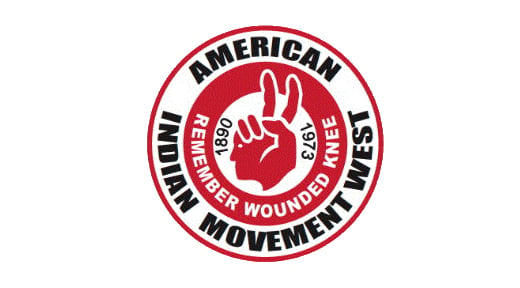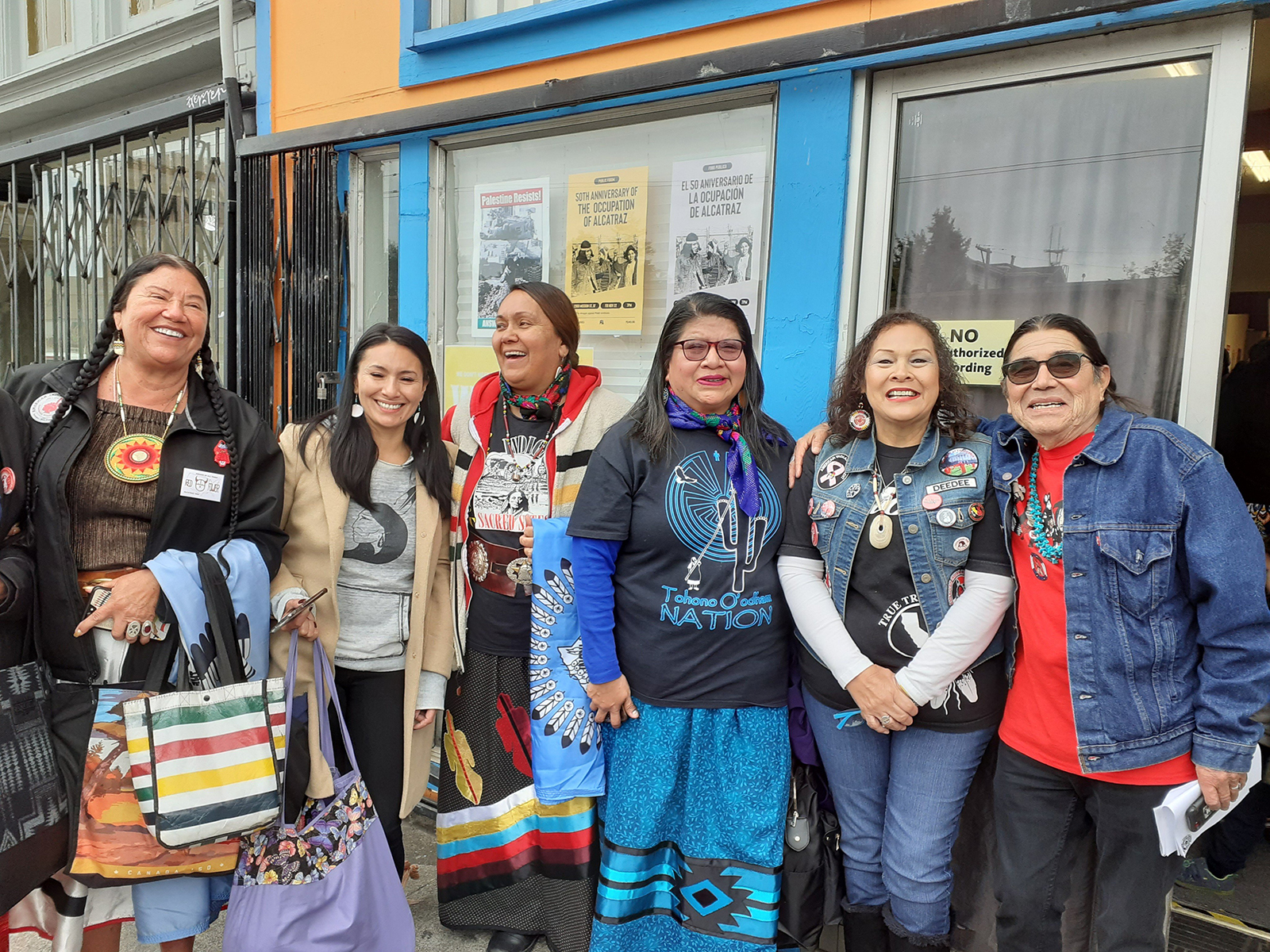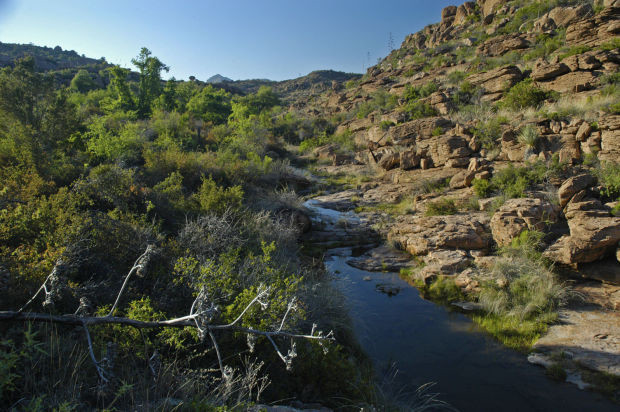Over the past 500 years, the history of Indigenous peoples has not just been one of brutal eviction, theft and genocide—but also of determined resistance. Before the question of environmental destruction became a leading concern for all of society, and the whole planet, Native people experienced it as a primary feature of settler colonialism in their homeland.
The forced displacement of Native people, land theft and the denial of sovereignty, remains at the heart of Native oppression. This has never just been a matter of redrawing the map, but how the vast natural resources will be exploited and to whose benefit. That is why the environmental struggle remains a key front in the Native struggle.
The Keystone XL pipeline, which would stretch over 1,100 miles from Canada to the Gulf of Mexico, would cross through many Native communities.
Carrying bitumen—an especially destructive form of oil extracted from tar sands—pipelines like the Keystone XL have been shown to leak 3.6 times more oil than other types of pipelines. Bitumen spills are notoriously difficult to clean, especially in water. The XL’s Canadian counterpart, the Keystone I Pipeline, has already suffered 14 different leaks since its construction in 2010. This year, the Pegasus tar sands pipeline also spilled thousands of barrels of oil in Arkansas.
It is practically inevitable that the pipeline would leak into the Ogallala Aquifer, which is the main source of water for millions of Native and non-Native people in the Great Plains region.
Many Native communities are now boldly fighting back against the construction of the Keystone XL Pipeline, asserting their sovereignty to block energy corporations and the ruling classes of the United States and Canada from ravaging their land.
Lakota organizations have announced preparations for massive civil disobedience—a human “blockade”—to protect the waterways of the Northern plains.
Faced with growing opposition, the Obama administration — which initially appeared supportive of the pipeline — has not made a final determination on the permits for its construction.
History gives Native peoples special reason to be suspicious. Last summer, the Phillips 66 Pipeline spilled an estimated 25,000 gallons of oil onto a Crow Reservation in Montana.
This is part of a longer history of what many refer to as “environmental racism,” in which the conditions for oppressed people are especially neglected in the capitalists’ non-stop drive for profit at any cost. One of the most striking examples is nuclear testing from 1951 to 1962 when the U.S. government detonated over 100 atomic bombs at the Nevada Test Site without regard to the significant populations of Western Shoshone and Southern Paiute peoples living nearby.
These tests exposed the region to high radiation, resulting immediately in hair loss and reddening of the skin, and long-term with residual radioactive fallout.
The PSL stands in solidarity with the Native and environmental organizations fighting the Keystone XL Pipeline. We are fighting for socialism, a new system with a planned, sustainable economy under the control of the working class, in which the right of self-determination of Indigenous and other oppressed peoples is finally respected.






